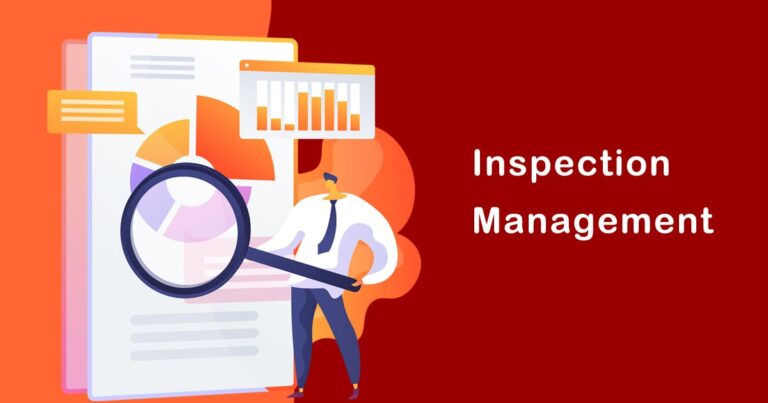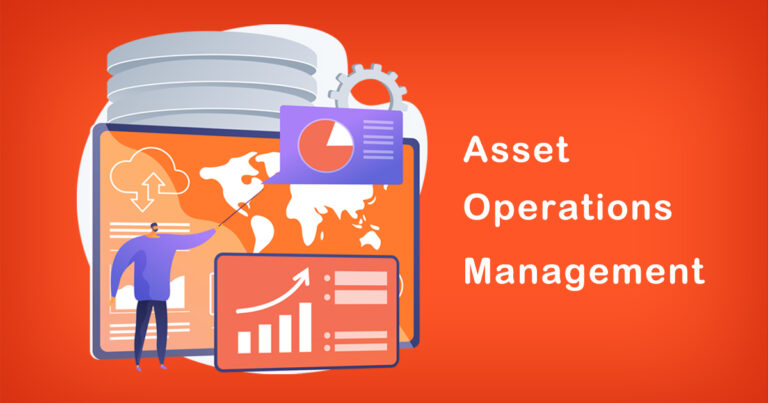Introduction
In the dynamic landscape of industrial operations, maximizing asset efficiency and reliability is crucial for sustained business success. Asset Performance Management (APM) emerges as a pivotal strategy, particularly in industries ranging from manufacturing to utilities, where downtime can translate into significant financial losses and operational setbacks. let’s we delve into What is Asset Performance Management | Everything You Need to Know in Indian context.
Understanding Asset Performance Management (APM)
Asset Performance Management encompasses the strategies, processes, and technologies used to optimize the performance and reliability of physical assets throughout their lifecycle. It integrates data analytics, predictive maintenance, and condition monitoring to enhance asset utilization, minimize downtime, and extend asset lifespan. In essence, APM empowers organizations to move from reactive maintenance practices to proactive and predictive strategies.
The Importance of APM in India’s Industrial Landscape
India, with its diverse industrial sectors including manufacturing, energy, infrastructure, and utilities, stands to benefit significantly from effective APM implementation. Here’s a closer look at how APM is shaping these sectors:
Manufacturing Sector
In India’s burgeoning manufacturing sector, APM plays a crucial role in ensuring uninterrupted production cycles and optimizing asset utilization. By leveraging real-time data analytics and predictive maintenance, manufacturers can preemptively address equipment failures, reduce maintenance costs, and enhance overall operational efficiency.
Energy and Utilities
For the energy and utilities sectors in India, which are pivotal to the country’s infrastructure and economic growth, APM enables predictive maintenance of critical assets such as power plants, transmission lines, and distribution networks. This proactive approach helps in minimizing downtime, improving energy delivery reliability, and ensuring regulatory compliance.
Infrastructure Development
In the realm of infrastructure development, including transportation and urban infrastructure projects, APM facilitates effective management of assets like bridges, roads, and public facilities. By monitoring asset health and performance, stakeholders can prioritize maintenance activities, enhance safety standards, and optimize infrastructure investments.
Key Components of Asset Performance Management
Data Integration and Analytics:
APM relies on integrating data from various sources including IoT sensors, SCADA systems, and enterprise software. Advanced analytics techniques such as machine learning and AI are then applied to derive actionable insights from this data.
Predictive Maintenance:
Predictive maintenance algorithms analyze asset condition data to predict potential failures before they occur. This proactive approach minimizes unplanned downtime and extends asset lifespan.
Condition Monitoring:
Real-time monitoring of asset performance parameters such as temperature, vibration, and operational metrics enables early detection of anomalies and performance degradation.
Risk Assessment and Optimization:
APM includes risk-based decision-making frameworks that prioritize maintenance tasks based on asset criticality, performance history, and operational impact.
Performance Dashboards and Reporting:
Visual dashboards provide stakeholders with real-time visibility into asset performance metrics, KPIs, and maintenance trends, facilitating informed decision-making and strategic planning.
Case Studies and Success Stories
Tata Steel:
One of India’s leading steel manufacturers, Tata Steel, implemented APM solutions to optimize maintenance schedules and reduce downtime across its production facilities. By leveraging predictive analytics, Tata Steel achieved significant cost savings and improved asset reliability.
Indian Railways:
With one of the world’s largest railway networks, Indian Railways adopted APM to enhance the reliability of its rolling stock and track infrastructure. Real-time monitoring and predictive maintenance have helped Indian Railways reduce service disruptions and improve passenger safety.
Challenges and Future Trends
While the benefits of APM are compelling, its implementation in India faces challenges such as data integration complexities, skill gaps in advanced analytics, and initial investment costs. However, with the advent of Industry 4.0 technologies and increasing digitalization efforts, the future of APM in India looks promising. Trends such as the adoption of cloud-based APM platforms, AI-driven predictive maintenance, and remote monitoring capabilities are expected to reshape asset management practices across industries.
Conclusion
In conclusion, Asset Performance Management is not merely a technological advancement but a strategic imperative for organizations looking to optimize operational efficiency, reduce costs, and drive sustainable growth. In India, where industrial competitiveness and infrastructure development are paramount, embracing APM can unlock new opportunities for innovation and economic advancement. By leveraging data-driven insights and predictive analytics, Indian industries can navigate challenges, mitigate risks, and propel themselves towards greater operational excellence in the global market. Asset Performance Management stands as a testament to the power of proactive maintenance strategies in shaping the future of industrial operations in India and beyond.








